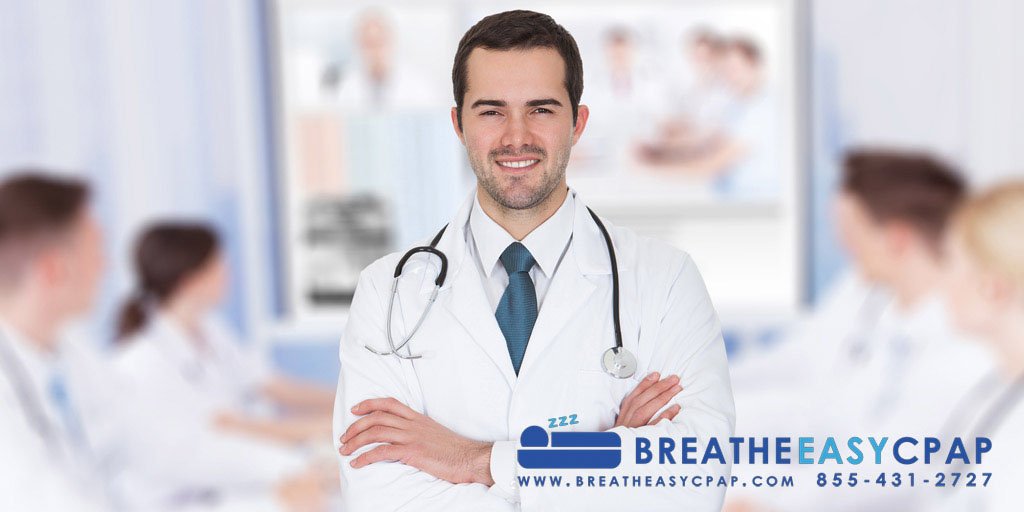Nurses, doctors, and even respiratory therapists aren’t immune to finding themselves stumped when trying to explain the treatment options for the thousands of respiratory conditions. Treatment of obstructive sleep apnea is no different. If you’ve been recently diagnosed, you may be wondering what you’re options are and whether you’ll even be able to understand what they mean.
You’ve likely been told that sleep apnea needs to be treated as the disorder is known to cause grave health problems like diabetes and stroke, but you’re probably unaware of what your treatment options are.
Your doctor has the choice to pick from a few sleep apnea treatment machines when getting you started. These choices might seem confusing at first, but after a quick review, you’ll be able to understand whichever option your physician prescribes for you.
CPAP Therapy
When it comes to treating obstructive sleep apnea, Continuous Positive Airway Pressure therapy, or CPAP, is the standard option. It’s not by chance that more doctors prescribe CPAP first to the majority or their patients. Most sufferers of sleep apnea fair very well and see an improvement in their condition shortly after they’ve started treatment.
Like most positive airway pressure machines, CPAP therapy works by delivering forced air through a mask that is secured to your face. For those with sleep apnea, the windpipe is partially or completely obstructed by relaxed muscles, excess fatty tissue, or positioning throughout the night. The pressure of the forced air delivered via the CPAP mask is just strong enough to keep your airway open while you sleep. The air stays the same pressure the entire time it is worn and, for some, this constant pressure can be aggravating. If you find yourself in this situation, talk to your doctor or reliable CPAP supply retailer about your options. For those who are unable to cope with this constant pressure, or if they’re unable to keep their airway open with a CPAP machine alone, BiPAP therapy may be the next step.
Bilevel Positive Airway Pressure
The biggest difference between BiPAP and CPAP therapy is that Bilevel positive airway pressure therapy adjusts the exerted, or delivered, pressure depending on whether the user is inhaling or exhaling. Many people find this option more comfortable than using a CPAP, however, it’s usually not a necessary step to take. For persons with central sleep apnea, BiPAP is an ideal choice to correct weak breathing patterns caused by weak brain signals. Some BiPAP machines are even able to sense and deliver an inhalation pressure when a person has not taken a breath in a while.
AutoPAP
An AutoPAP often goes by several names, all of which describe it’s ability to adjust pressures and breaths depending upon small changes in the user’s breathing pattern. Whether you prefer to call it an “Auto-titrating” or an “Auto Adjusting” positive airway pressure device, the Autopap is a dependable machine for those who require versatility in their pressure options. APAP use may be most beneficial for those with sleep apnea that varies depending on which sleep stage they’re in. APAPs are great machines but can be more expensive, especially if not covered by insurance. For most sleep apnea sufferers a standard CPAP machine is enough.
Purchasing Your Sleep Apnea Treatment Supplies
If you’ve recently been diagnosed with sleep apnea, your physician will likely prescribe treatment via a CPAP machine to get you started. CPAP therapy is painless and works great at putting an end to your snoring as well as preventing the serious adverse effects of untreated sleep apnea. At Breatheeasycpap.com, experienced respiratory health care professionals are standing ready to help you get started on the path to wellness.

